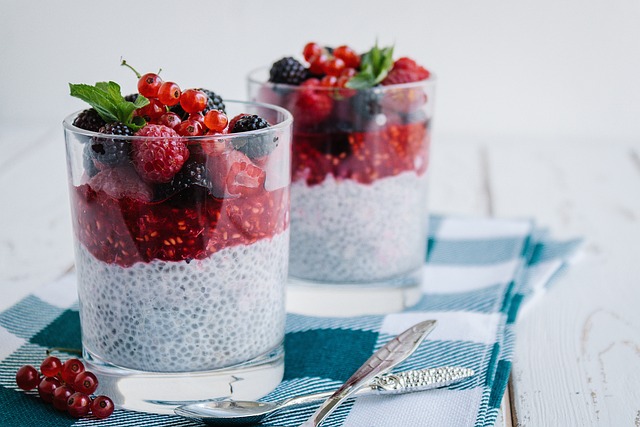Pet Nutrition Tips for a Balanced Diet
As a pet owner, providing your furry friend with a balanced diet is essential for their overall health and well-being. A well-nourished pet can lead to a longer lifespan, improved coat condition, and reduced risk of chronic diseases. However, with the numerous options available in the market, it can be overwhelming to choose the right food for your pet. In this article, we will provide you with expert tips on how to create a balanced diet for your pet, ensuring they receive all the necessary nutrients for optimal health.
First and foremost, it is crucial to understand that every pet is different, and what works for one pet may not work for another. Factors such as age, breed, size, and health conditions must be taken into consideration when selecting a food for your pet. For example, puppies require more protein than adult dogs, while senior pets may benefit from easier-to-digest foods.
One of the most significant mistakes pet owners make is overfeeding or underfeeding their pets. It is essential to monitor your pet’s weight and adjust their diet accordingly. Overweight pets are more prone to obesity-related health issues, such as diabetes and joint problems, while underweight pets may struggle with maintaining energy levels. To determine the ideal weight for your pet, consult with your veterinarian, who can provide personalized guidance.
Another critical aspect of pet nutrition is the importance of hydration. Adequate water intake is vital for maintaining proper bodily functions, and pets can easily become dehydrated if their food lacks moisture content. Encourage your pet to drink plenty of water by using a water fountain or adding a small amount of low-sodium chicken broth to their meals.
When it comes to choosing the right food for your pet, consider the following key points:
* **Protein sources**: Look for foods that include named protein sources such as chicken, salmon, or lamb. Avoid generic terms like “meat” or “by-products,” which can be ambiguous and potentially unhealthy.
* **Grain quality**: Brown rice, oats, and barley are good choices, while corn and wheat should be avoided due to their low nutritional value.
* **Fiber content**: A balanced diet should include a mix of fiber-rich foods like fruits, vegetables, and whole grains. Excessive fiber can lead to digestive issues, so moderation is key.
* **Vitamins and minerals**: Ensure that the food you choose contains essential vitamins and minerals such as vitamin E, omega-3 fatty acids, and calcium.
In addition to these general guidelines, there are specific dietary needs for different life stages:
* **Puppyhood**: Puppies require a nutrient-rich diet that supports growth and development. Look for foods specifically formulated for puppies, which usually include additional protein sources like chicken or beef.
* **Adulthood**: Adult dogs require less protein than puppies but still need a balanced diet to maintain optimal health.
* **Seniorhood**: Senior pets may benefit from easier-to-digest foods that are lower in fiber and fat. Consult with your veterinarian to determine the best food for your pet’s age-related needs.
To make mealtime more engaging and stimulating, try incorporating interactive feeding toys or puzzle feeders. These tools challenge your pet to work for their meals, reducing boredom and stress.
By following these expert tips on creating a balanced diet for your pet, you can help ensure they receive all the necessary nutrients for optimal health. Remember to always consult with your veterinarian if you have any concerns about your pet’s diet or overall well-being.
Tags:
* Pet Nutrition
* Balanced Diet
* Dog Food
* Cat Food
* Pet Care

